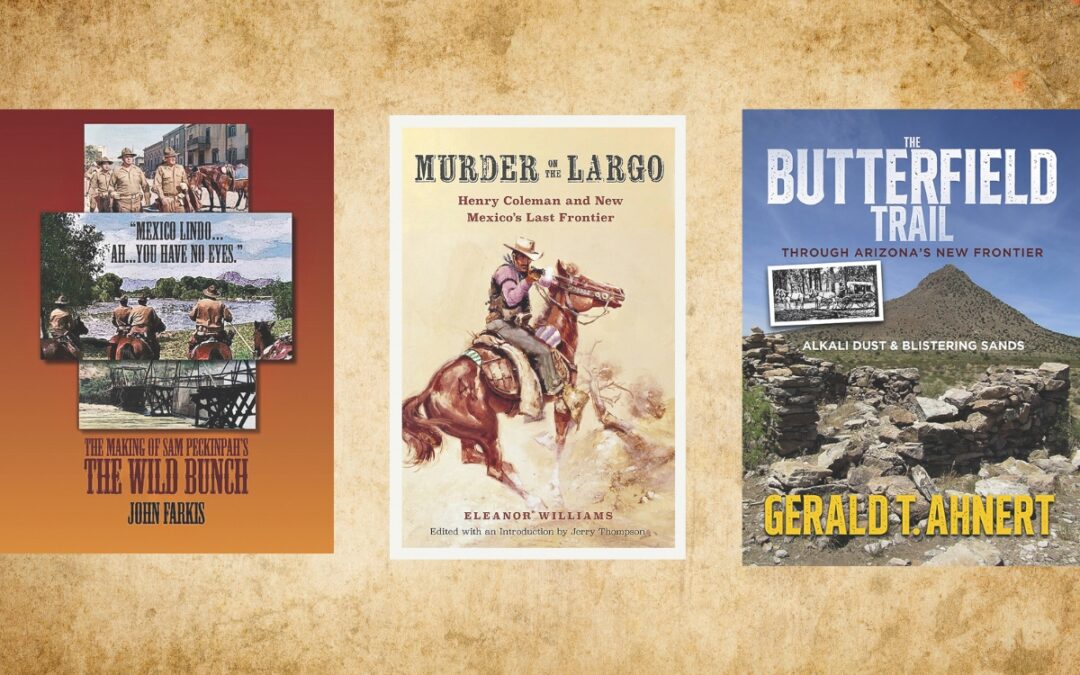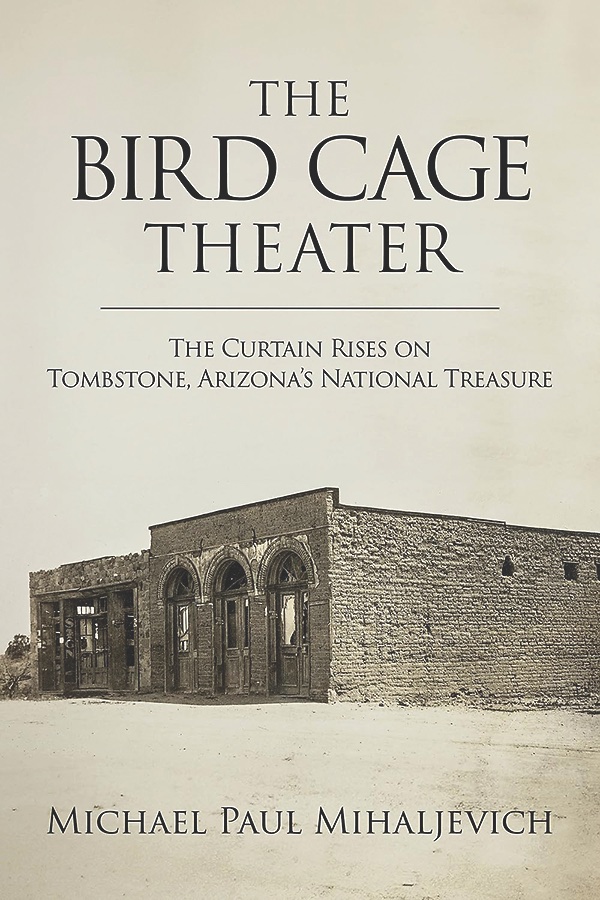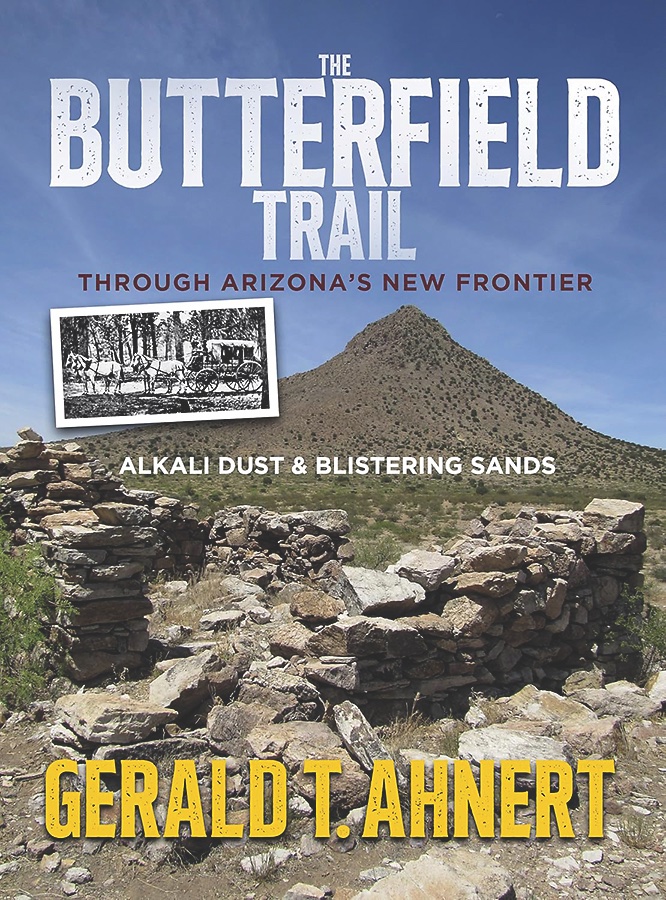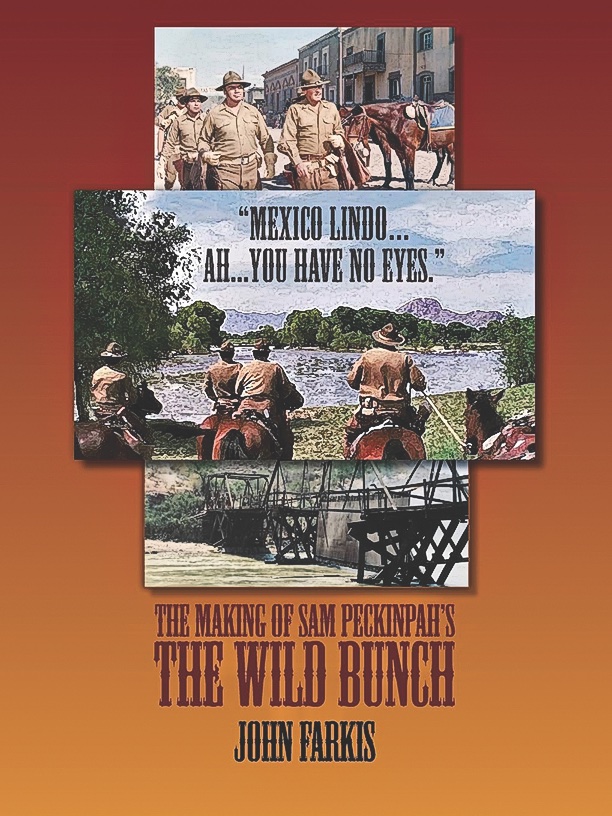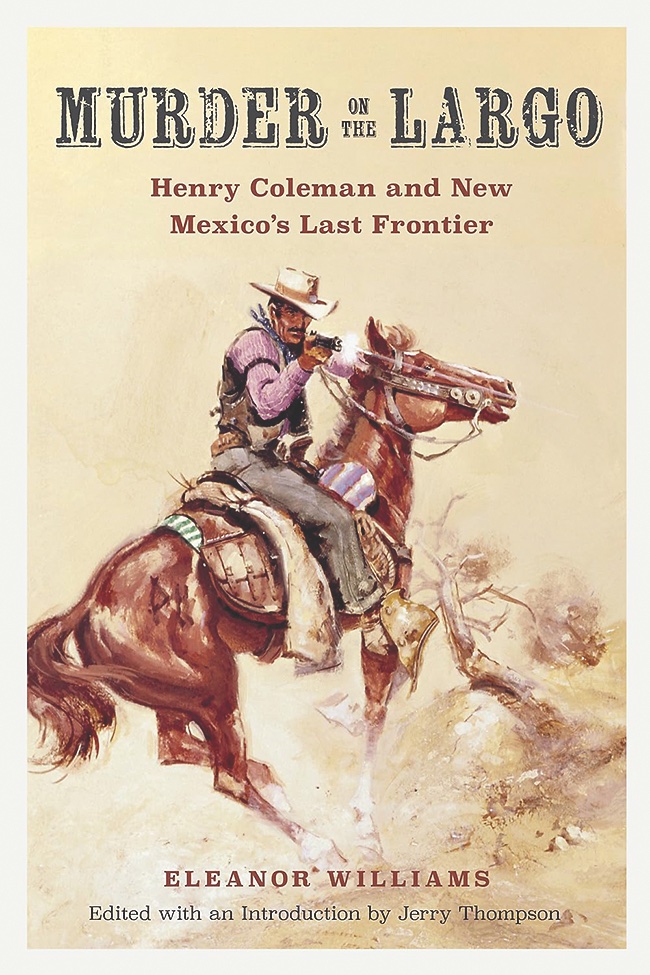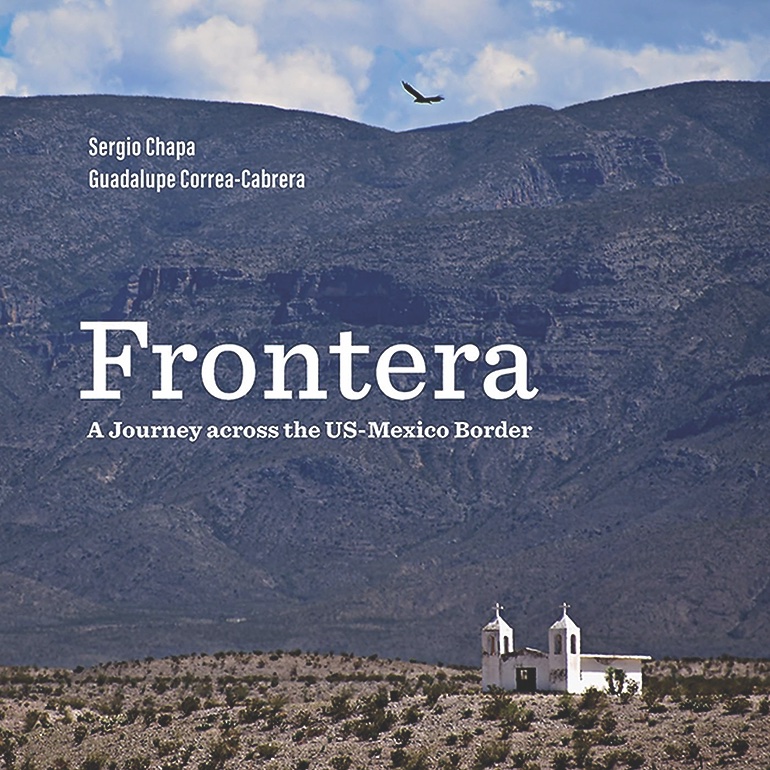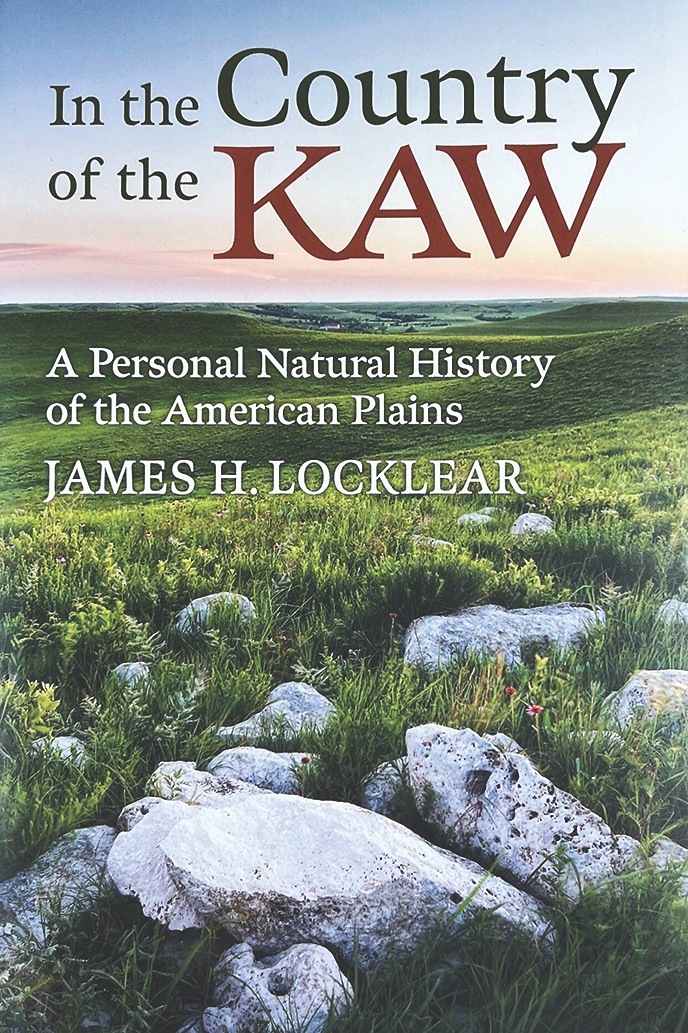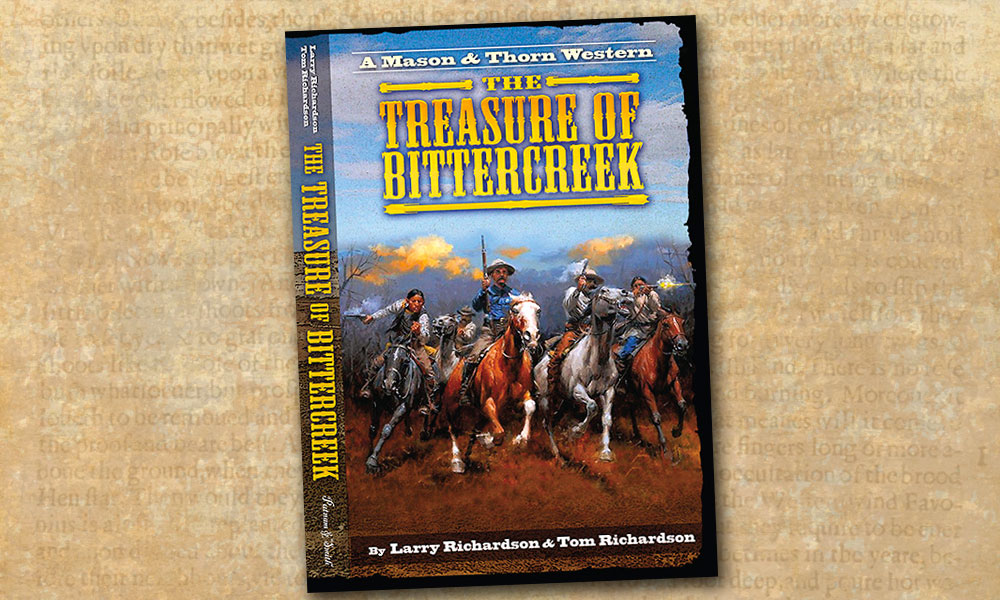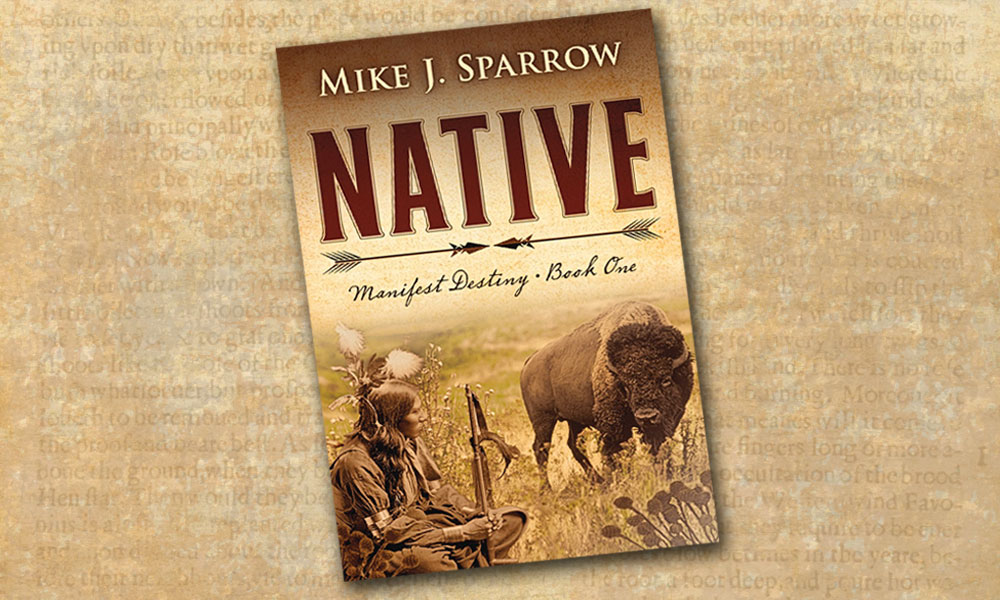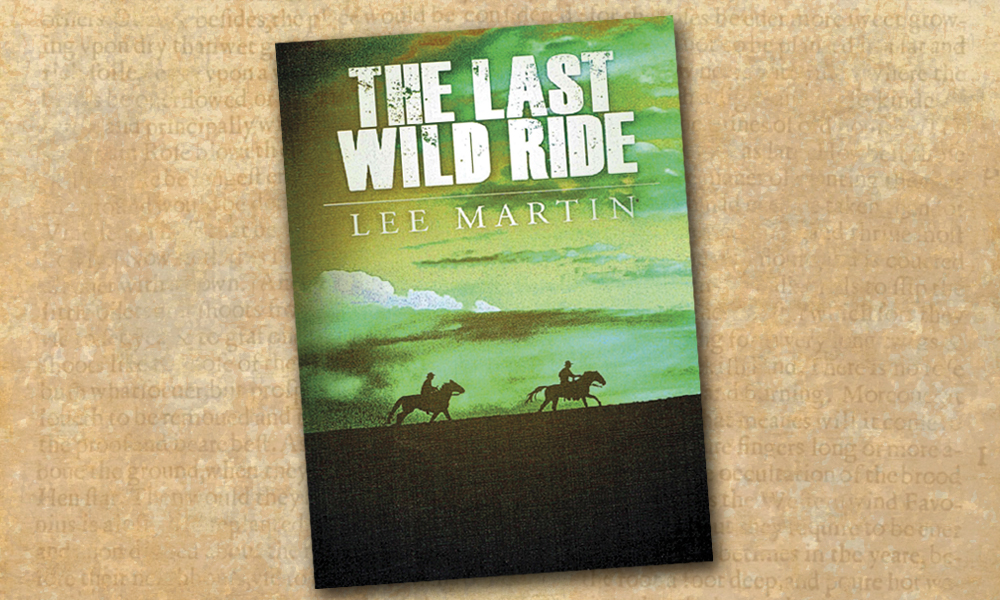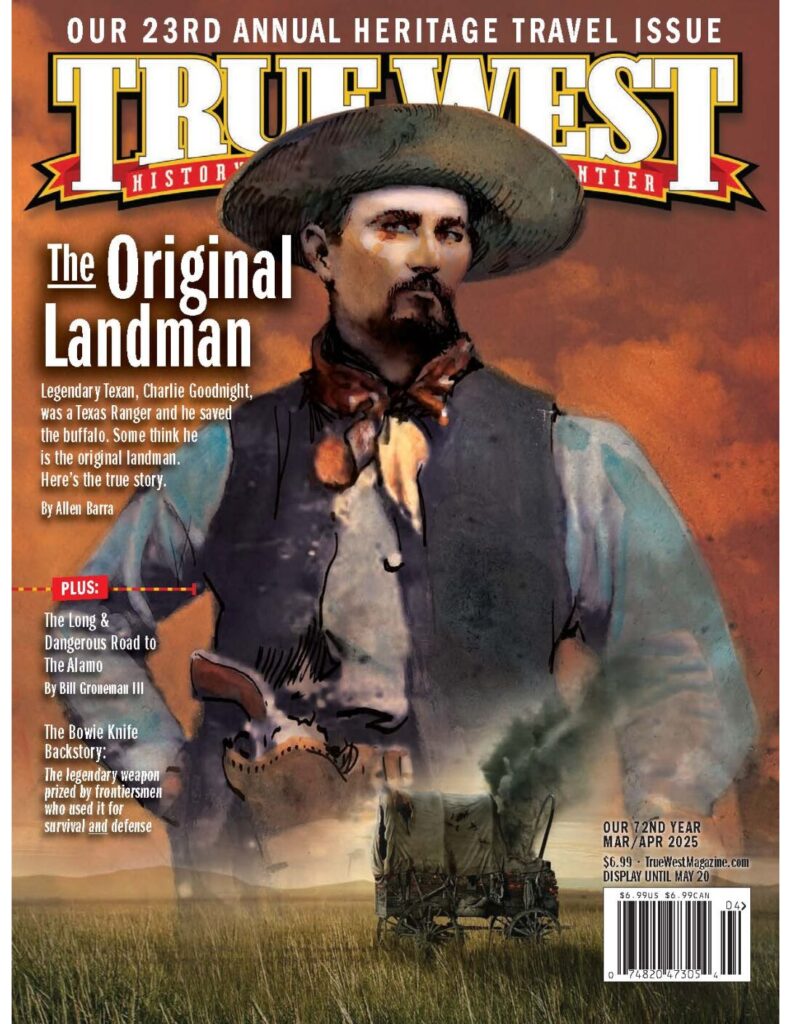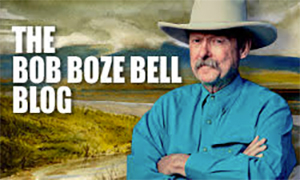The Bird Cage, the Butterfield and the Bunch
The Gilded Theater
In Old West history there are few cities as infamous as Tombstone, Arizona, and as few Western territorial buildings as iconic, famous or legendary as the Bird Cage Theater. Author and Tombstone historian Michael Paul Mihaljevich has made it his passion for many years to uncover the truth behind the storied theater, and with the publishing of his first book, The Bird Cage Theater: The Curtain Rises on Tombstone, Arizona’s National Treasure (University of North Texas Press, $34.95), he has cemented himself among the top researchers of current Tombstone historians. Like Peter Brand’s research for his recently published biography, Josephine “Sadie” Earp: The Sordid Truth, 1870-1883, Mihaljevich’s detailed research provides readers with insights into the history of Tombstone and the legendary—even mythic—Bird Cage Theater that have never been illustrated in one volume before. The author’s first book is enlightening in its conclusions, entertaining in its style and, most significantly, groundbreaking in its conclusions. I especially appreciated Mihaljevich’s timeline of the Bird Cage Theater’s history, his detailed notes and bibliography, all of which Tombstone writers and researchers will be using as an invaluable resource on the town’s history for many decades ahead. After reading it, I am already looking forward to his next book on “the town too tough to die.”
Stage Road to Destiny
In the annals of the Butterfield Trail, there may not be a greater, more passionate and more knowledgeable biographer of the road than Gerald T. Ahnert. The author, who has split much of his time between the Yukon and Arizona the past 54 years, is the world’s authority on the historic road, especially in the Grand Canyon State. His latest book, The Butterfield Trail: Through Arizona’s New Frontier, Alkali Dust and Blistering Sands (ECO Publishing, $19.95) will be the standard for decades to come. Since 1970, Ahnert has traveled and explored the trail’s route across Arizona by all means possible. He has been offroad and on-foot, with paper and pen, historic and modern maps, compass and camera in hand, tracing, tracking and chronicling the trail, its stage stops, the outbuildings, the corrals and the way markers left behind by the stage line’s users. Anyone who seeks to know more about the Butterfield Trail in Arizona—and wishes to walk where history happened—will read Ahnert’s wonderfully illustrated, detailed and colorful book. And, most importantly, you won’t leave home without it because he shows you how to get there.
The Greatest Western of All Time
You can make the argument for John Ford’s The Searchers or Kurt Russell’s Tombstone, or even Lonesome Dove (but it’s a miniseries) as the greatest Western of all time, but I believe there has never been, before or since, a better, more important Western than Sam Peckinpah’s 1969 epic masterpiece The Wild Bunch. As one of the most original American artforms, the Western is a cultural icon whose influence on the world’s perception of the culture of the United States cannot be measured. In 1969, three Westerns were released that had significant influence on the genre, True Grit, Butch Cassidy and the Sundance Kid and The Wild Bunch. But of the three, none had a greater influence on the artform of cinema than Peckinpah’s legendary film. Fifty-five years later, film historian John Farkis has written the definitive history of the film, “Mexico Lindo…Ah…You Have No Eyes.” The Making of Sam Peckinpah’s The Wild Bunch (Bear Manor Media, $40, hardback / $29.95, paperback). Farkis, who has previously chronicled the making of John Wayne’s The Alamo and the modern classic and fan favorite Tombstone, is a meticulous researcher and interviewer. For film historians, Farkis’s biography of The Wild Bunch is a must read—and a model for researchers who want to write film history. Fans and admirers of Sam Peckinpah will hang on every word and read and re-read Farkis’s well-organized and detailed research, filled with quotes and insights from those who made the film. Like all fans of great Westerns, who wish they could have seen early cuts of their favorites before their final cinematic edits, I wonder what an early four- or five-hour version of The Wild Bunch must have been like. It must have been a treasure— just like Sam’s genrechanging film and Farkis’s groundbreaking biography of the greatest Western of all time.
An Outlaw Rediscovered
Murder on the Laredo: Henry Coleman and New Mexico’s Last Frontier by Eleanor Williams, edited with an introduction by Jerry Thompson (University of North Texas Press, $29.95) is a unique and wonderful history reborn from the pages of New Mexico Electric News. New Mexico author Eleanor Williams wrote and illustrated the history of the lesser-known outlaw through a series of interviews she conducted from her ranch along Largo Creek near Quemado, New Mexico. Readers will be intrigued to learn about Henry Coleman’s legendary, violent life, but also about Williams, a Pittsburgh woman of society who came West and made all her own rules to carve a new life for herself as a ranch woman in western New Mexico. After finishing Thompson’s well-edited and annotated book, you will be glad you never met Coleman, but sure wish you had known Eleanor. —Stuart Rosebrook
On the Border
The 2,000-mile international border between the United States and Mexico means different things to different people. For some it is a cultural divide. For others, political. Yet, for another group of the population it is a scar dividing two similar societies. In Frontera: A Journey Across the USMexico Border (TCU Press, $48.95), authors Chapa and Correa-Cabrera take readers on a photographic and essay journey from the Rio Grande to the Pacific Ocean chronicling the small nuances of border life, geology, ecology and society as it stretches like an old snake between the two countries. Not since Leon Metz’s Border has there been such a comprehensive, encyclopedic and accessible take on the region, and Frontera will be heralded as a standard text on the region for decades to come. —Erik J. Wright, assistant editor of The Tombstone Epitaph
A Glorious River
A prairie river, the Kaw, gathers its waters from the plains of Colorado, Kansas and Nebraska. Author James Locklear explores his beloved river from the plains of Colorado to Kansas City. In the Country of the Kaw (University Press of Kansas, $34.99) is packed full of detailed information about the region’s ecology, geology and flora. Locklear also is careful to address how the Kaw and similar river systems in the Great Plains were changed by or because of human settlement and later development. As a sort-of love letter to the river, Locklear’s book is not without heartbreak. He describes the negative impacts that humans have wrought upon the environment. A half century of rambling and rooting around in this region has given him a deep awe and affection for its uniqueness and goodness, which he conveys to the reader on every page. In the Country of the Kaw is a fascinating read and has earned a place among my favorite books on the Great Plains. —Erik J. Wright, assistant editor of The Tombstone Epitaph

